Gautama Buddha attained enlightenment during his last incarnation - Siddhartha Gautama.
He was born about 563 BC. e. the family of the kingdom Shakya rulers in North India - Sudhodany king and queen Mahamaya - and belonged to the warrior caste.
On the fifth day after his birth, 108 Brahmins were invited to the palace for the choice of the name of the ceremony.
The king called for the eight most scientists have predicted the fate of the child.
Seven agreed that if he remains in the palace, it will be a great king and unite India;
but if he leaves the palace, it will become a Buddha, and save the world by removing the veil of ignorance from his eyes.
Kondanna, eighth and youngest of the group, said that the boy will definitely become a Buddha, when will see four characters - an old man, a sick, the dead man and the saint, renounce the world.
The child was named Siddhartha, which means "One who reaches goals."
On the seventh day after birth his mother died, and Siddhartha was raised by her sister Mahaprajapati, later became one of its first female students.
The king, worried about the possible loss of the heir, did his best to protect his son from the pain and suffering that surrounded him with the maximum luxury, including three palaces and forty thousand dancing girls.
At the age of sixteen years, demonstrating his ability on the competition to own a gun, Prince Siddhartha married his beautiful cousin Yasodhara and lived in his palace, surrounded by comfort and luxury.
However, he constantly indulged in meditation, trying to comprehend the truth.
The turning point in his life came when he was twenty-nine years, and during the four trips outside the palace, he was faced with the reality of life and the suffering of mankind.
· During the first outing Siddhartha met an old man, white-haired, and infirm, leaning on his staff.
· During the second he saw the accident, serious illness exhausted and lying on the road.
· The third outing prince encountered a funeral procession for the first time I saw a dead man.
· Finally, during the fourth walk, he met an ascetic - a monk, dressed in a yellow robe with a shaven head and a mug for alms.
Deeply moved by what he saw in the first three stages, Siddhartha realized that the disease is present in life, old age and death.
The fourth picture showed him the opportunity to address these conditions and prompted him to leave his native world to find a way to overcome suffering.
Coming back, he received the news of the birth of his son.
That night he ordered his charioteer to saddle his favorite horse, Kanthak.
Prince rode through the night, and at dawn, dressed in the garb of an ascetic, and let their clothing and the horse to his charioteer, his father sent him to the palace.
So Gautama began life wandering monk. He immediately went to the most knowledgeable sages of the time to learn from them the truth, and quickly mastered all of what they have been taught.
Do not stay in one place and not being satisfied, he decided to find the unchanging truth, is not subject to the illusions of the world.
Traveling around the country of Magadha, Gautam stood out for its attractive appearance and noble bearing.
He arrived in a village called Senanigama near Uruvela, where he was joined by a group of five ascetics, among whom was Kondanna - Brahmin, who predicted that he would become a Buddha.
Here, for almost six years, Gautam practiced severe asceticism, exposing themselves to severe physical torture. Ultimately, realizing the futility of asceticism, Gautama decided to abandon it and seek its own path of enlightenment, then fellow ascetics rejected and abandoned him.
Once Sujata, the daughter of a peasant, fed him breast rice porridge - "food ... so wonderful that our Lord felt the strength and life returned to him, like a vigil the night and fasts were a dream."
Left alone, he sat down in the shade of the Bo tree and vowed to stay there until until it reaches full enlightenment.
Then Mara, the devil tried to stop him to achieve enlightenment, tempting him about the same way that Satan had Jesus during his fast in the wilderness.
Gautama sat motionless under the Bo tree, while Mara attacked him:
· First in the form of desire, when paraded before him a voluptuous goddess and dancing girls;
· Then in the guise of death, when he was hit hurricanes, torrential rains, burning stones, boiling mud, angry soldiers, beasts and demons army. However, Gautama was still unmoved.· As a last resort the tempter challenged his right to do what he did. Then Siddhartha touched the hand of the earth, * and the earth thundered in response, "I am his witness!" All the hosts of the Lord, and the elemental beings responded and confirmed his right to seek enlightenment of Buddha, and then Mara fled.
* Mudra "touching the earth" - the left hand rests on his knee, palm up, and fingers of the right facing down, touching the ground.
Overcoming the temptation of Mara, Gautama spent the rest of night under a tree in deep meditation, learning the Four Noble Truths.
Thus he attained enlightenment, or awakening, on the night of the full moon in May, about 528 BC. e.
His being was transformed, and he became a Buddha.
For full forty-nine days, he was in deep ecstasy, and then turned to the world again.
Mara was waiting for him with the last temptation, "as you put your experience into words?
Go back to nirvana. Do not try to pass the message to the world, because there is no one to grasp it. Stay in bliss. "
But the Buddha said: "There will be some who will understand." And Mara was gone from his life forever.
In his first sermon Gautama revealed key findings of their search: the Four Noble Truths, the Eightfold Path, and the Middle Way.
For forty-five years, he traveled the dusty roads of India, preaching the Dharma (the teachings of the universal) that led to the founding of Buddhism.
He founded the Sangha (community), which soon numbered more than two hundred thousand followers. When people asked him who he was, Gautam said, "I - awakened."
Therefore, the Buddha means "enlightened" or "awakened."
He made the transition at the time of the May full moon, about 483 years BC. e, giving instruction to his eldest disciple Ananda that Dharma -. The truth - to become his teacher, and reminding the monks about the transience of human existence.




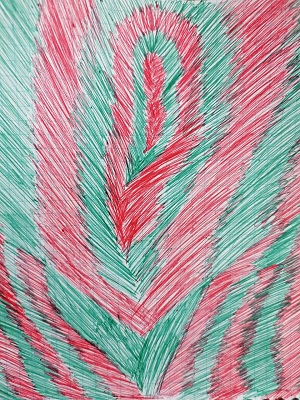



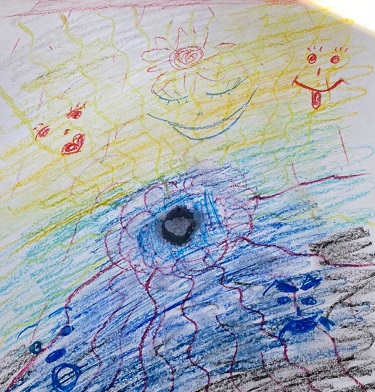

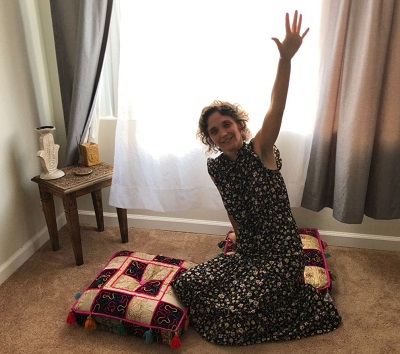
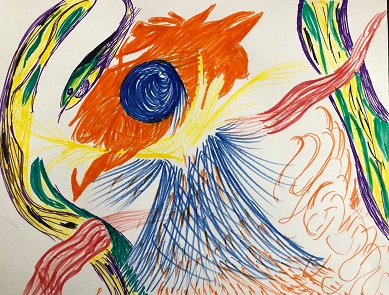







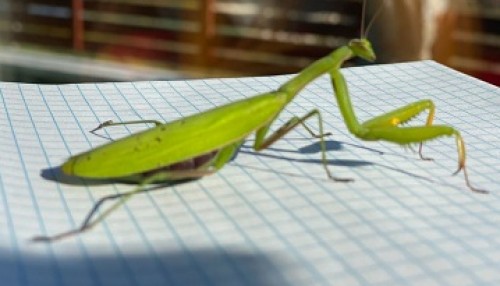
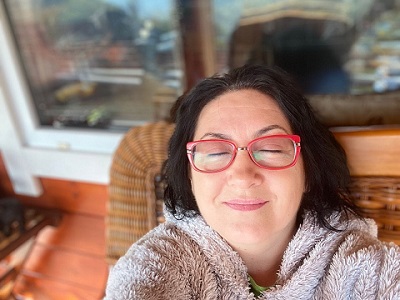

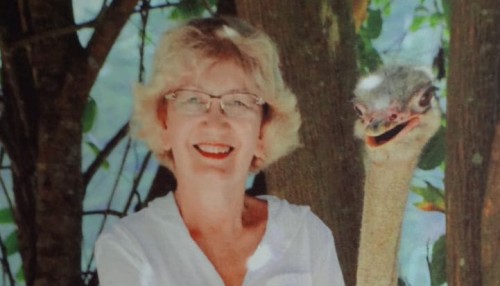

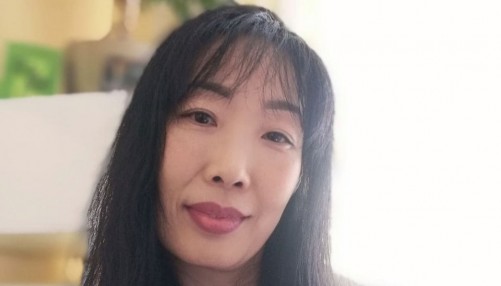


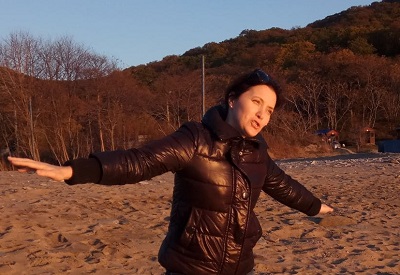

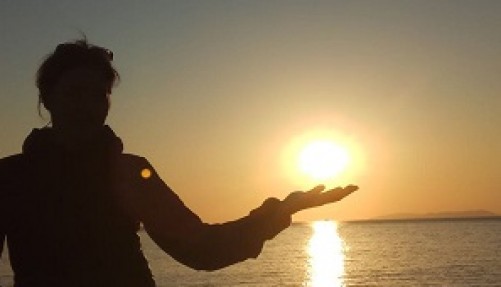

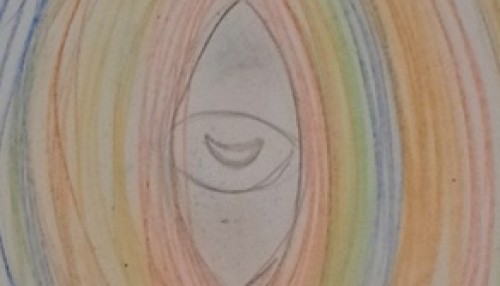



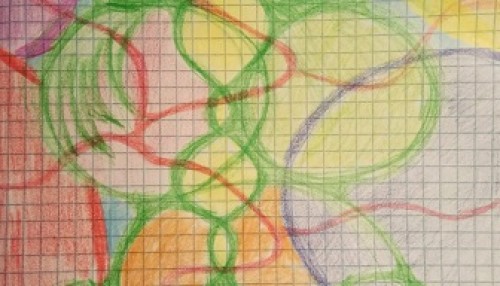
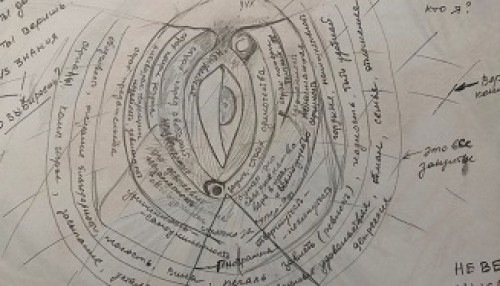
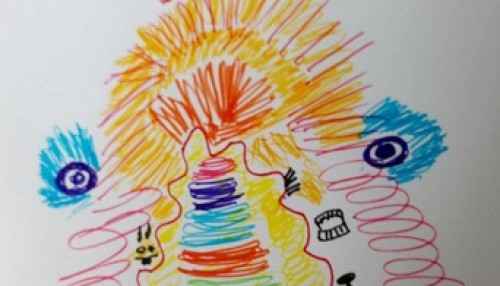




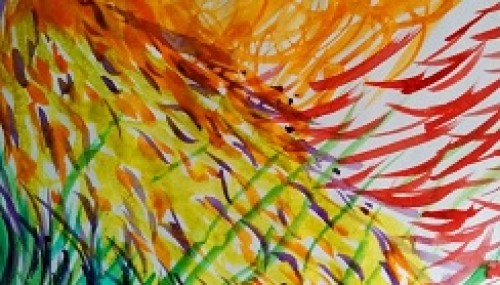




dsgsdg
19.11 05:25